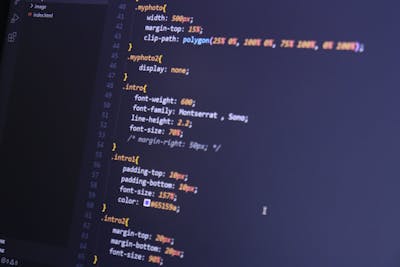Table of Contents

1. Introduction
CSS (Cascading Style Sheets) is a stylesheet language used to describe the presentation of a document written in HTML. It enables developers to create visually appealing web pages by controlling layout, colors, fonts, and more...
2. CSS Syntax
The basic syntax of CSS consists of a selector and a declaration block. A typical rule set looks like this: selector { property: value; }. For example, p { color: blue; } changes the text color of all paragraphs to blue...
3. CSS Selectors
CSS selectors are patterns used to select the elements you want to style. Common selectors include element selectors (e.g., div), class selectors (e.g., .classname), and ID selectors (e.g., #idname)...
4. The CSS Box Model
The box model is a fundamental concept in CSS, describing how elements are structured. It consists of margins, borders, padding, and the actual content area. Understanding the box model is crucial for precise layout control...
5. CSS Best Practices
To ensure maintainable and efficient styles, use classes over IDs, keep CSS organized by using comments and consistent naming conventions, and minimize the use of inline styles. Consider using a preprocessor like SASS or LESS for complex projects...
6. Conclusion
CSS is an essential skill for web development. By mastering its syntax, selectors, and best practices, developers can create attractive and responsive web designs that enhance user experience...